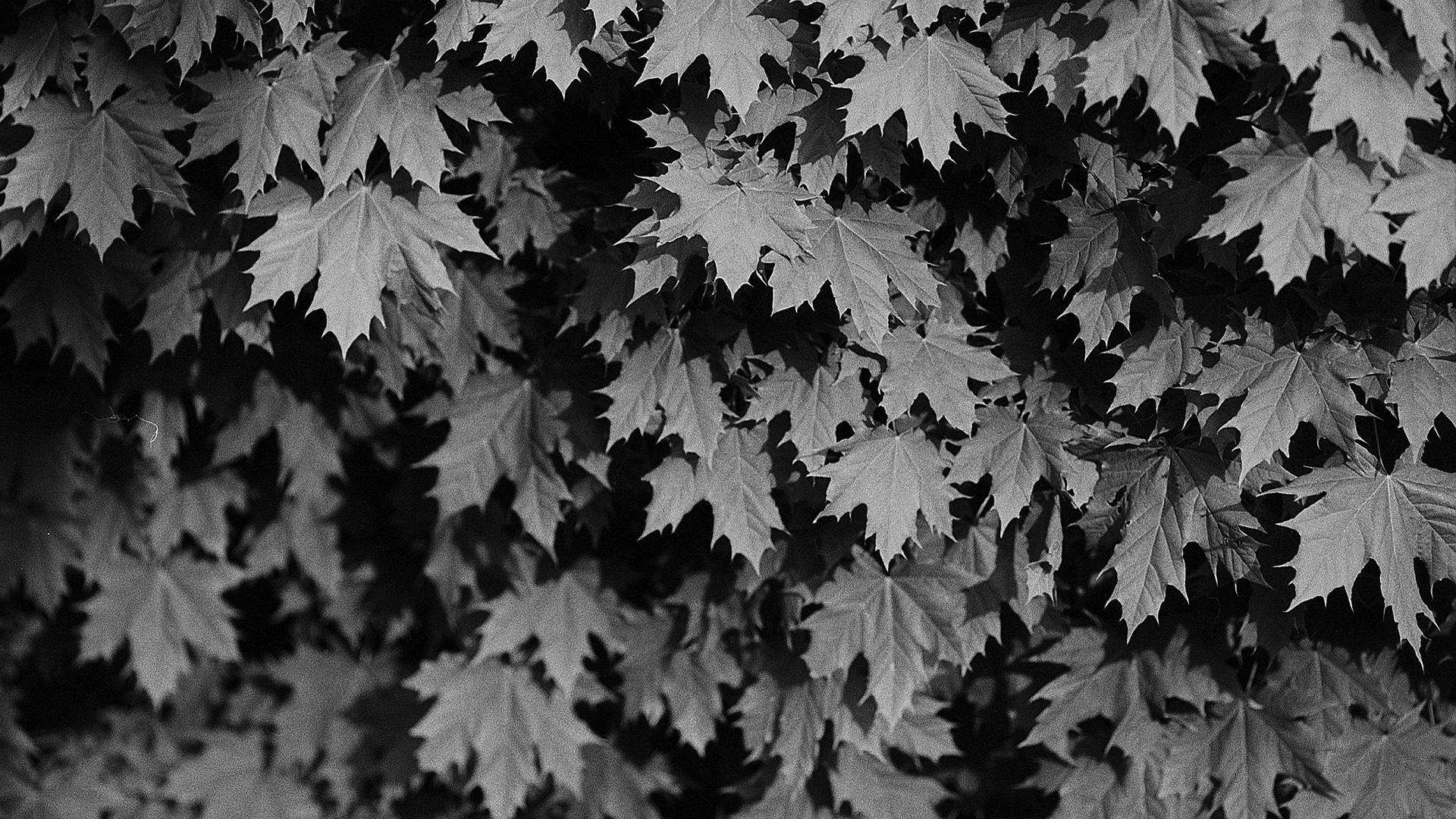Suviseurat 2010: How 70 000 came and went – a timelapse of eight days
The laestadian summer services descended upon the fields around our house about a month ago. We’d been watching the buildup of the area over the last months and I thought I’d record a timelapse of the build and event itself. In fact, there’s a post detailing the beginning of the project. Unfortunately, due to various circumstances I wasn’t able to document the whole process – not that anything interesting happened in our field of view most of the time.
But, starting from midnight 29.6.2010 to the end of 6.7.2010 I set our old Canon 300D to shoot a wide-angle shot of part of the area. While the event itself officially started on 1.7.2010, the 29th was the day when the logistical organization started functioning and people started to arrive. During those eight days, the 160 hectares (395 acres) of fields around our house were the home for 70 000 people. Most of them either had their own RVs or caravans although some rented houses and cottages in the area and were day visitors.
I set up the camera to shoot a picture every minute, which gave me around 1400 pictures per day. To save space, I selected the image size that was closest to FullHD resolution and finally just cropped the images a bit. Not every single minute of the day was captured since we had to switch batteries in the camera and a thunderstorm forced us to switch computers commanding the timed shooting. But we got close enough to a minute of footage from each day (24 frames per second).
Without further ado, here’s the final product:
There are some brief appearances of us and our dogs in a few frames…
Creating the timelapse was very much a learning experience. I’ve documented the technical challenges in creating the video itself, but there were many other challenges as well. Some of the lessons I’ve learned can be summed up in the following bullet points:
- First of all, any timelapse project that spans more than a few hours really needs a continuous power supply for the camera. Swapping batteries creates lags that are unfortunate.
- If you’re shooting from inside through a window, watch out for reflections. You sure can see plenty in the timelapse
- Finding a good framerate for the final video is hard and depends on the use.
- Creating the video takes a lot of time.
But, it was a good learning experience and hopefully at least a few viewers will be able to enjoy the end result.
